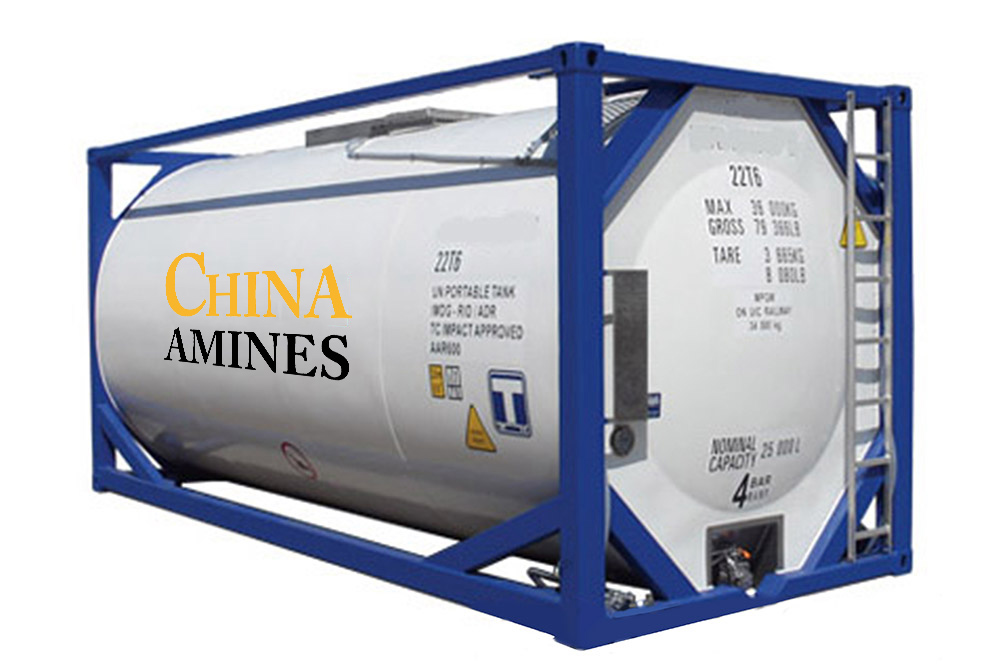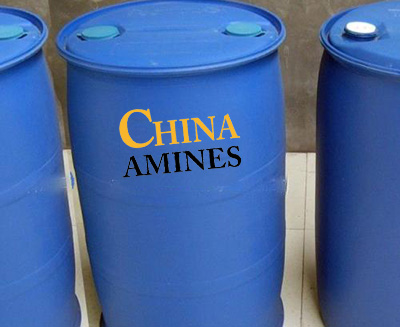1. Chemical Structure and Properties
Molecular Formula: C₆H₁₀O
Structural Formula:
C₁–C₂–C₃–C₄–C₅–C₆ (cyclohexane ring with a ketone group at C₁)
A cyclic ketone with a six-membered carbon ring and a carbonyl group (C=O).
Physical Properties:
Appearance: Clear, colorless liquid with a peppermint-like odor.
Boiling Point: 155.6°C; Melting Point: -47°C; Density: 0.9478 g/cm³.
Solubility: Miscible with most organic solvents (e.g., ethanol, ether); partially soluble in water (5% w/w at 20°C).
Vapor Pressure: 1.2 kPa at 20°C; Flash Point: 44°C (closed cup).
Chemical Properties:
Reactivity: Undergoes oxidation to form adipic acid; reduces to cyclohexanol.
Stability: Stable under normal conditions but reacts with strong oxidizers (e.g., HNO₃).
2. Industrial Applications
Nylon Production:
Adipic Acid Synthesis: Primary intermediate for nylon-6,6 (via oxidation to adipic acid).
Caprolactam Production: Key precursor for nylon-6 (via Beckmann rearrangement).
Solvents:
Coatings & Inks: High-performance solvent for paints, lacquers, and resin formulations.
Electronics: Used in photoresist stripping and semiconductor cleaning.
Pharmaceuticals:
Intermediate: Synthesizes corticosteroids, vitamins, and antibiotics.
Agrochemicals:
Pesticide Formulations: Solvent and intermediate for herbicides and fungicides.
3. Safety and Toxicology
Acute Exposure:
Inhalation: Irritates respiratory tract (TLV-TWA: 50 ppm); causes dizziness and nausea.
Skin Contact: Causes irritation and dermatitis (rabbit skin LD₅₀: >2,000 mg/kg).
Ingestion: Moderately toxic (oral LD₅₀ rat: 1,620 mg/kg); gastrointestinal distress.
Chronic Effects:
Neurotoxicity: Prolonged exposure linked to CNS depression and liver/kidney damage.
Carcinogenicity: Not classified by IARC or NTP; limited evidence of genotoxicity.
Protection Measures:
PPE: Nitrile gloves, vapor respirators, and chemical goggles.
Storage: Store in flame-resistant containers away from oxidizers and heat sources.
4. Environmental and Regulatory Compliance
Environmental Impact:
Biodegradability: 70% degradation in 28 days (OECD 301B); moderate persistence.
Aquatic Toxicity: LC₅₀ (fish, 96h): 55 mg/L; EC₅₀ (daphnia, 48h): 40 mg/L.
Bioaccumulation: Low (log Kow: 1.54); negligible biomagnification risk.
Regulatory Frameworks:
EU:
REACH: Registered (EC 203-631-1); CLP classified as Flam. Liq. 3 (H226).
Water Framework Directive: Priority substance with strict discharge limits.
USA:
EPA: Listed under TSCA; regulated under Clean Air Act (HAP).
OSHA: Permissible Exposure Limit (PEL): 50 ppm (8-hour TWA).
China:
GB 13690-2009: Classified as Flammable Liquid (Category 3).
Waste Management:
Incinerate in licensed facilities with NOₓ scrubbers; landfill disposal prohibited.
5. Case Studies and Application Insights
Case 1: Sustainable Nylon-6,6 Production (BASF, 2022):
Challenge: Reduce GHG emissions in adipic acid synthesis.
Solution: Catalytic oxidation of cyclohexanone using H₂O₂ instead of HNO₃.
Result: Cut NOₓ emissions by 90% and achieved 15% higher yield.
Case 2: Green Solvent in Electronics (TSMC, 2023):
Process: Replaced chlorinated solvents with cyclohexanone in wafer cleaning.
Impact: Reduced VOC emissions by 40% and met EU RoHS 3 compliance.
Comparative Analysis:
Cyclohexanone vs. MEK (Methyl Ethyl Ketone):
Pros: Higher solvency for resins; lower flammability (FP 44°C vs. -9°C).
Cons: Slower evaporation rate; higher chronic toxicity.
Cyclohexanone vs. Acetone:
Pros: Better compatibility with polar polymers; lower environmental persistence.
Cons: Higher cost and acute toxicity risks.
Specifications:
Cyclohexanone (also known as oxocyclohexane, pimelic ketone, ketohexamethylene, cyclohexyl ketone or ketocyclohexane) is a six-carbon cyclic molecule with a ketone functional group. It is a colorless, oily liquid with an acetone-like smell.





